“Fertilizer shortages are real now.”
Uttered by U.S. Agency for International Development (USAID) Administrator Samantha Power in a May 1 ABC interview with former Democratic adviser George Stephanopoulos, the words briefly drowned out the din of the news cycle.
They weren’t unexpected to some.
Power, who served as U.N. ambassador under President Barack Obama, mentioned fertilizer shortages after weeks of hints from the Biden administration.
“We are deeply concerned by how Putin’s war in Ukraine has caused major disruptions to international food and agriculture supply chains, and the threat it poses to global food security. We recognize that many countries around the world have relied on imported food staples and fertilizer inputs from Ukraine and Russia, with [Russian President Vladimir] Putin’s aggression disrupting that trade,” the leaders said.
While political rhetoric has often focused on Russia, the rise in fertilizer prices didn’t begin with its invasion of Ukraine.
Industry observers have pointed out that commodity prices aren’t solely affected by the actions of Putin.
Max Gagliardi, an Oklahoma City oil and gas industry commentator who co-founded the energy marketing firm Ancova Energy, told The Epoch Times that the war and sanctions have helped drive the upward climb of natural gas prices in Europe.
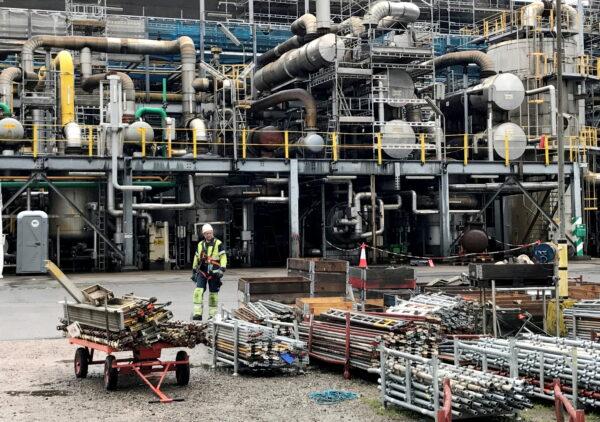
Natural gas is used in the Haber-Bosch process, which generates the ammonia in nitrogen fertilizers. Those fertilizers feed half the planet.
Gagliardi thinks the picture is more complicated at home, where environmental, social, and corporate governance (ESG) has become a controversial tool of stakeholder capitalism, often used to force divestment from fossil fuels or other industries disfavored by the left.
Language from Power Echoes Green Activists, EU, WEF
In the case of increasing costs for oil, natural gas, and coal, some politicians and green activists have argued that those fast-rising prices mark an opportunity to accelerate a move from hydrocarbons to wind, solar, and electrification.Mandy Gunasekara, an environmental lawyer who served as the Environmental Protection Agency’s chief of staff under then-President Donald Trump, told The Epoch Times that “it’s always been part of their plan to make the price of traditional energy sources go up, so then wind and solar could actually compete with them.”
Describing how fertilizer shortages could actually help advance a particular agenda, Power sounded much like Li. She even used an identical phrase: “Never let a crisis go to waste.”
Intentionally or not, this echoed a line from another high-profile Obama alum, Rahm Emanuel: “Never let a serious crisis go to waste.” Emanuel was talking about the 2008–09 financial meltdown.
“Less fertilizer is coming out of Russia. As a result, we’re working with countries to think about natural solutions, like manure and compost. And this may hasten transitions that would have been in the interest of farmers to make anyway. So, never let a crisis go to waste,” Power told Stephanopoulos.
Power’s language of setting crisis as opportunity parallels similar statements from environmental groups.
Writing to von der Leyen and other European Union bureaucrats, a group of European and international environmental organizations urged the EU to stay the course on environmental policy.
The Farm to Fork Strategy confidently states that its actions to curb the overuse of chemical fertilizers “will reduce the use of [fertilizers] by at least 20 percent by 2030.”
“Ploughing more farmland, as is currently being put forward, to grow crops for biofuels and intensive animal farming by using even more synthetic pesticides and [fertilizers] would be absurd and dangerously increase ecosystem collapses, the most severe threat to social-ecological stability and food security,” the letter reads.
“The European Union must tackle the current challenges by accelerating the implementation of its strategies to reduce the use of synthetic pesticides and [fertilizers], to preserve its natural environment and the health of its citizens.”
Numerous publications from the World Economic Forum (WEF), known for its role in orchestrating the global response to COVID-19, have made similar arguments.
“This offers the prospect of lowering and more optimally applying nitrogen fertilizer,” the 2018 report reads.
Gunasekara said that fertilizer overuse and runoff presents serious risks, giving rise to toxic algal blooms in the Great Lakes and the Gulf of Mexico.
However, “generally speaking, the farmers are very, very efficient with their fertilizer use. They have a built-in incentive not to waste something that is a high input cost,” she told The Epoch Times, noting that in her experience, industry and communities could work out positive solutions with regulators.
Heavy-handed restrictions aren’t the solution, Gunasekara said.
The UK Absolute Zero report, produced by academics at top British universities, goes even further than some other reports in its opposition to nitrogen-based fertilizers and conventional agriculture more generally.
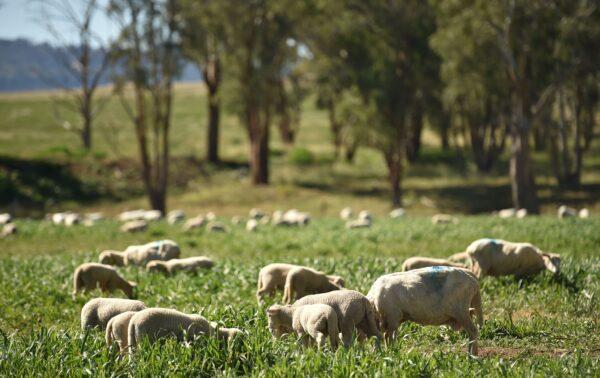
It anticipates a phaseout of beef and lamb production, with “fertilizer use greatly reduced,” in order to meet net-zero emissions targets by 2050.
“There are substantial opportunities to reduce energy use by reducing demand for [fertilizers],” the report reads.
It also envisions cuts to energy in the food sector of 60 percent before 2050.
That imagined energy austerity, with its many unforeseeable consequences for human life, apparently won’t last forever.
The report states that after 2050, energy for fertilizer and other aspects of food production will “[increase] with zero-emissions electricity.”
Sri Lanka’s Organic Experiment a Stark Warning
Although Power’s remarks were consistent with talking points from Democrats, the WEF, the EU, and similar factions, they came at a particularly inconvenient moment for advocates of organic fertilizer—Sri Lanka’s recent experiment with abandoning chemical fertilizer has plunged the island nation into a chaos that shows no signs of letting up.With food shortages now a reality, anti-government protests prompted then-Sri Lankan President Gotabaya Rajapaksa to declare a state of emergency on May 6—the second such declaration in two months.
“[Sri Lanka is] now literally on the verge of famine, because they’ve had massive crop failures,” Gunasekara said.
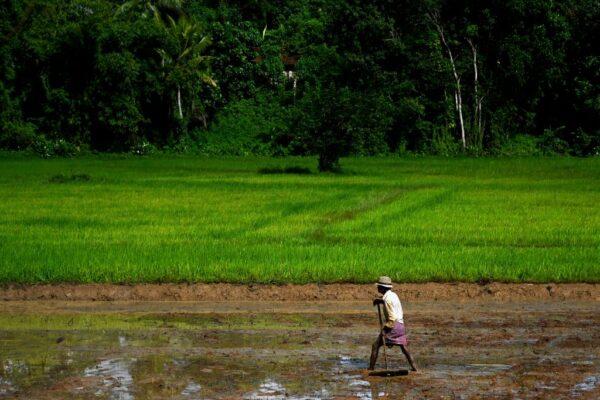
“This administration wants to use this as an opportunity to push their Green New Deal-style farming tactics, which we’ve seen implemented elsewhere, that cause significant problems beyond what we’re currently facing from our farmers’ perspective and what consumers are going to be facing.”
Morano said, “Manure cannot compete with modern chemical agriculture for the high-yield farming that the world depends on.”
Rufus Chaney, a retired USDA scientist known for his research on sewage sludge-based fertilizers, echoed Morano’s skepticism about making up for missing chemical fertilizers with organic alternatives.
“There are not enough useful (and not already being used) organic fertilizers to change the balance of any chemical fertilizer shortages,” Rufus told The Epoch Times via email.
“Nearly all organic fertilizers are built on livestock manure and can only be shipped short distances before it becomes cost-prohibitive.”
These realities underscore another apparent contradiction in green policy—even as climate activists push for cuts to chemical fertilizer use and a greater reliance on organic alternatives, they’re working assiduously to cull the livestock populations that provide manure for those fertilizers.
In Northern Ireland, a newly passed climate act will require the region to lose 1 million sheep and cattle.
“For years, we were warned that ‘climate change’ would cause food shortages, but now it appears that climate policy will be one of the biggest factors in causing food shortages,” Morano told The Epoch Times.
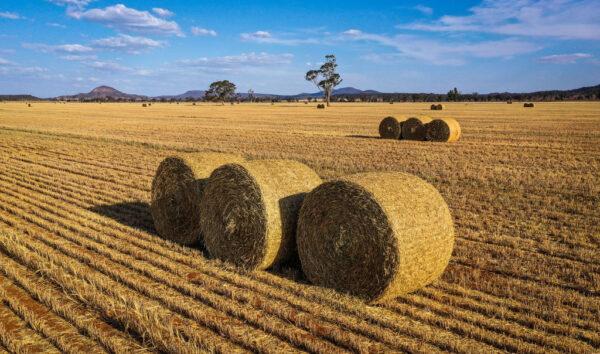
China’s Role Scrutinized
Still, others see the focus on Russia as a distraction from China’s maneuvering on the world stage.In 2021, China limited exports of both phosphate and urea fertilizers. The country has also stepped up its fertilizer imports.
China’s export restrictions came after it rapidly emerged as “the most important and most influential country in the fertilizer business,” according to an outlook document from the Gulf Petrochemicals and Chemicals Association.
Although the USDA’s April report did note the impact of China’s fertilizer export restrictions and heavy fertilizer imports, its executive summary drew greater attention to the Russia–Ukraine conflict.
That summary didn’t mention China by name among the “countries imposing export bans and restrictions.”
Chang and Bass didn’t respond to requests for comment by press time.
Physicist Michael Sekora, a former project director in the Defense Intelligence Agency, told The Epoch Times that worldwide fertilizer shortages could reflect China’s long-range technology strategy.
A key element of that strategy is undercutting the United States whenever and wherever possible, he said.
“Our ability to produce food is very much under attack right now. Some people say, ‘Oh, it’s just a coincidence.’ It’s China,” Sekora said.
Gunasekara said: “China has been very strategic in making sure they shore up what they have and restricting access throughout the rest of the world.
Pain Felt Around the World
“It’s been hectic,” said South African tobacco farmer Herman J. Roos.Roos told The Epoch Times that fertilizer prices near him have jumped since the invasion of Ukraine, on the heels of steep increases over the previous year.
He was able to buy all the fertilizer he needs for this year before the latest price shock. Yet he expects shortages of urea, monoammonium phosphate (MAP), and other fertilizers to strain a population of farmers already under significant stress.
Copper theft, lack of government support, and the ever-present threat of physical violence are all pushing Roos and producers like him to the brink.
Yet for all the challenges in South Africa, Roos anticipates that the fallout will be worse elsewhere in the continent.
“The economy will be hit harder in countries like Mozambique, Zambia, and Zimbabwe—countries where your agricultural system is more focused on subsistence farming,” he said.
They and other sub-Saharan African countries are heavily dependent on South Africa for their food supply.
Roos prays food riots won’t come to South Africa. The country is still recovering from a wave of riots in the summer of 2021, prompted by the arrest of former South African President Jacob Zuma.
He does predict that some farmers in the country will go bankrupt.

Back in the United States, Connecticut landscaper Adam Geriak doesn’t yet face such stark choices.
He told The Epoch Times that fertilizer prices near him are up, in line with estimates that a Connecticut garden store provided to The Epoch Times.
“I do primary garden work and use organic fertilizers, which primarily come from poultry manure,” Geriak said, noting that the price of poultry manure fertilizer may have risen, too.
He doesn’t think fertilizer price increases will have much of an effect on him. Yet other facets of the current economic picture are worrisome to him as he tries to manage his small business most effectively.
“I’m having a hard time planning for the future because of the uncertainty, and I think other owners are feeling this, too. In the previous two years, clients seemed to have open coffers. They wanted more projects done and there seemed to be a lot of money going around. Clients seem to be a bit tighter now, asking how they can save money on certain projects and such,” Geriak said.
“Being on the verge of a recession and retirement accounts down may be leading to these issues.”
The USDA report on Sri Lanka’s organic experiment states that the country’s government made impossible promises to different parties.
It informed farmers that it would handle the cost of moving away from chemical fertilizers while telling consumers that rice on their shelves wouldn’t become pricier, all while attempting to realize environmental and public health benefits through a breakneck transition to organic fertilizers.
“If you put too much emphasis on environmental issues and you ignore the very real impact that can have to people’s daily lives, it can have dire consequences,” Gunasekara told The Epoch Times.
“Unfortunately, we’re seeing it in the most dire of circumstances, which is a suppressed food supply. I think that situation is only going to get worse because of the rise in prices for fertilizers and diesel and everything else that’s going to make it harder for farmers in the U.S. to produce, then also globally.”
Josh, a farmer in Texas who raises small livestock, also believes things will get worse before they get better. He didn’t want to share his last name.
“I personally think that we haven’t even begun to feel the effects of inflation in our grocery store bills, because last year, the costs to produce were one-third to half the cost farmers and ranchers are having to pay this year. That cost has to be absorbed by the buyer to make it feasible for them to even continue,” he told The Epoch Times.
“My family is preparing now and stocking up our freezers and pantry because we are really concerned how bad it can get this next year.”
Josh estimated that fertilizer prices near him have increased by 200 or even 300 percent, “dependent on what program you are running.”
The rise in diesel prices has hurt him the most.
“Farm equipment runs on diesel,” Josh pointed out.
“I can’t imagine how anyone would profit or sustain raising crops or cattle with all these price increases that affect your overhead,” Josh said, saying he has heard about other ranchers and farmers culling their herds to avoid losses.
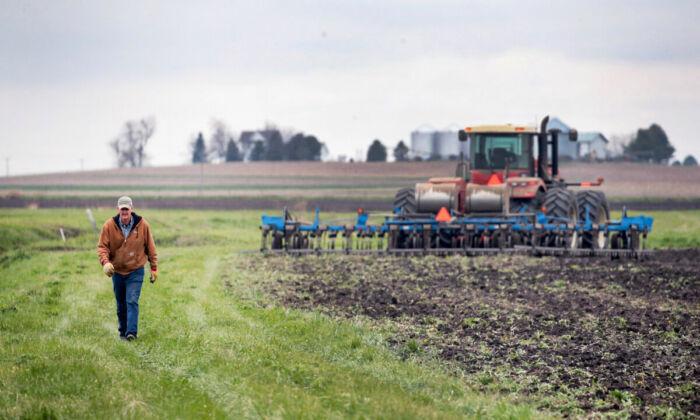



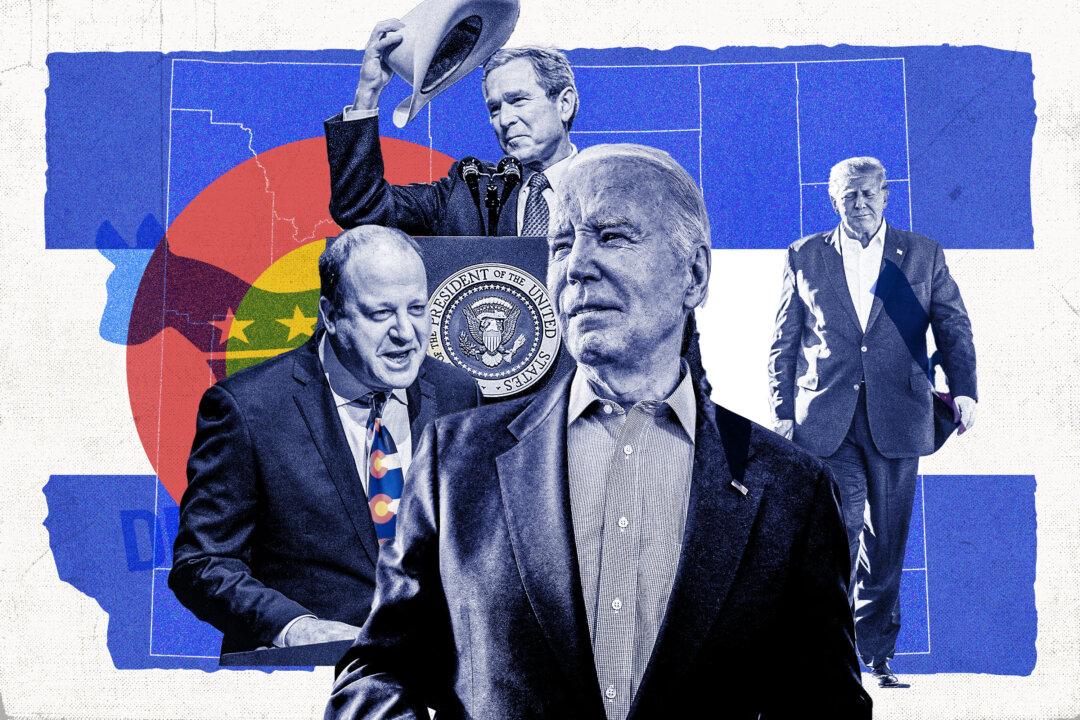

Friends Read Free